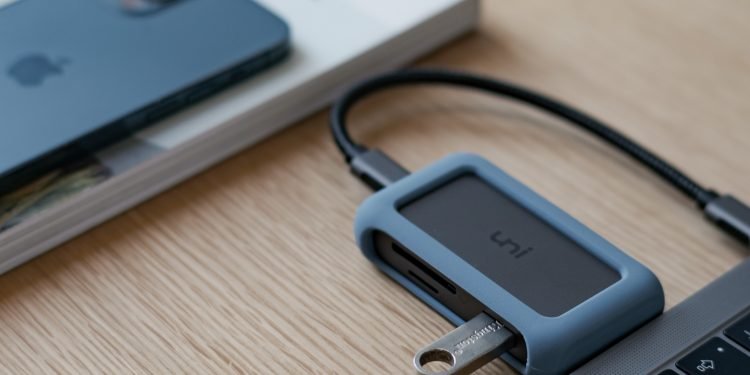There’s nothing more frustrating than waiting for a file to transfer when you’re in a hurry. You’re not alone if you’ve ever felt like your USB 2.0 data transfers are slow. Luckily, there are steps you can take to speed them up. Here are seven ways to increase the speed of USB 2.0 data transfers. Try out these tips and see how much faster your transfers become.
- Use a USB 2.0 flash drive:
If you’re using an older USB 1.0 flash drive, chances are that’s part of the reason your data transfers are slow. Upgrade to a USB 2.0 flash drive, and you’ll see a significant speed increase. USB 2.0 drives are much faster than their predecessors and can reach up to 480Mbps. However, remember that the actual transfer speed will depend on several factors, including the type of file you’re transferring and your computer’s USB 2.0 port.
- Connect your devices directly to the computer:
If you’re connecting your USB device to a hub, this could also be slowing down your data transfer speeds. Hubs can decrease data transfer speed by as much as 50%. So, if you want the fastest possible speeds, connect your devices directly to the computer. Besides this, you should also ensure that you use a high-quality USB cable. If you’re using a poor quality or damaged cable, this could also be negatively impacting your data transfer speeds.
- Turn off the Windows security:
One of the main reasons for a slow USB 2.0 transfer speed is the presence of antivirus software or other security features on your computer. This is especially true for Windows computers, which have several default security features. To disable these features, open the Control Panel and go to Security Center. You can turn off Windows Firewall, Windows Defender, and other security features that may slow down your USB 2.0 data transfers.
- Update the drivers of USB 2.0:
The other way to speed up USB 2.0 data transfer is by updating the drivers. Outdated or corrupt drivers can cause several problems, including slower data transfer speeds. If you’re unsure how to update your drivers, don’t worry – it’s pretty easy. You can use a driver update tool or update drivers manually.
If you want to update drivers manually, you’ll need to first find the correct drivers for your device. You can do this by visiting the website of the manufacturer of your USB 2.0 device. Once you’ve found the correct drivers, download and install them on your computer.
- Replace the USB port:
The following reason is an outdated or damaged USB port. If your computer’s USB 2.0 ports are old, they might not be able to provide enough power for newer devices. You can try replacing the USB port with a new one. Besides this, you should also check if the USB cable is in good condition. It might be the reason for the slow data transfer speed if it is old or damaged.
- You should Upgrade the USB 2.0 to USB 3.0:
If you’re still using an older computer with USB 2.0 ports, one of the best ways to speed up your data transfer rate is to upgrade to a newer model with USB 3.0 ports. The newest standard, USB 3.1, offers even faster data transfer rates, so that’s something to keep in mind for the future. If you have a newer computer with only USB 2.0 ports, you can still get faster data transfer speeds by using a USB 3.0 hub.
Conclusion:
As you can see, there are quite a few ways to increase the speed of USB 2.0 data transfer. Some of these methods are simple and easy, while others require a little more effort. But all of them are worth trying if you’re looking for a way to speed up your data transfers.
